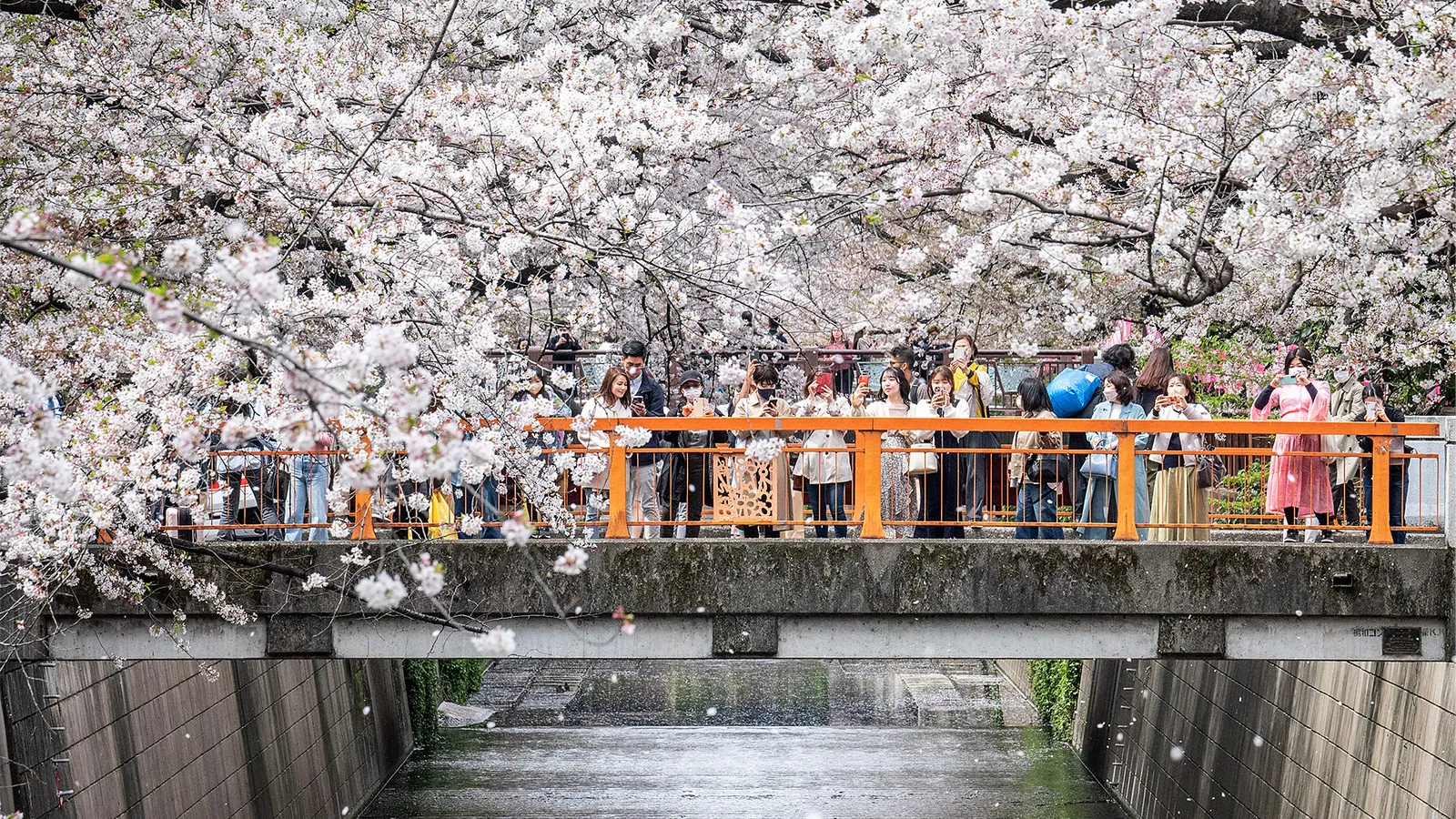The Early Arrival of Sakura in Tokyo
In April 2023, travelers flocking to Tokyo for the mesmerizing sight of cherry blossoms encountered an unexpected phenomenon: the delicate pink sakura appeared a remarkable 10 days earlier than anticipated. This deviation from the norm was not an isolated incident but part of a trend indicating a significant shift in Japan’s climate.
Understanding the Record-Early Bloom
The year 2023 witnessed a tie with 2020 and 2021 for the earliest cherry blossom bloom on record since scientific documentation began in 1953. Historical records from Kyoto dating back to 812 corroborate this unprecedented occurrence. Experts warn that this trend is a glaring indication of the rapid warming of our planet, with profound implications for Japan’s cherished four seasons.
The Threat to Japan’s Seasonal Rhythms
According to Yoshihiro Tachibana, a professor of Climate and Ecosystem Dynamics at Japan’s Mie University, the escalating temperatures are endangering Japan’s traditional seasons. The warming trend, particularly pronounced in spring, accelerates the onset of cherry blossom season, posing the possibility of blooms as early as February if greenhouse gas emissions remain unchecked.
The Unpredictability of Sakura Season
While some forecasts projected a sakura season beginning around March 17th, the exact timing of the blooms remains uncertain. The anticipation of cherry blossoms has become a national spectacle in Japan, with people eagerly tracking the “cherry blossom front” as it sweeps across the country from south to north.
The Significance of Yoshino Cherry Trees
The predictability of Japan’s cherry blossom season is largely attributed to the prevalence of the Yoshino cherry tree variety. Clones of a single specimen, originating from the UK, dominate Japan’s sakura cultivar, accounting for 90 percent of the blossoms observed across the nation.
A Changing Landscape
The early arrival of cherry blossoms in Japan serves as a poignant reminder of the environmental challenges we face. As we witness the disruption of nature’s rhythms, it becomes imperative to take proactive measures to mitigate climate change and preserve the beauty of our planet for future generations.




